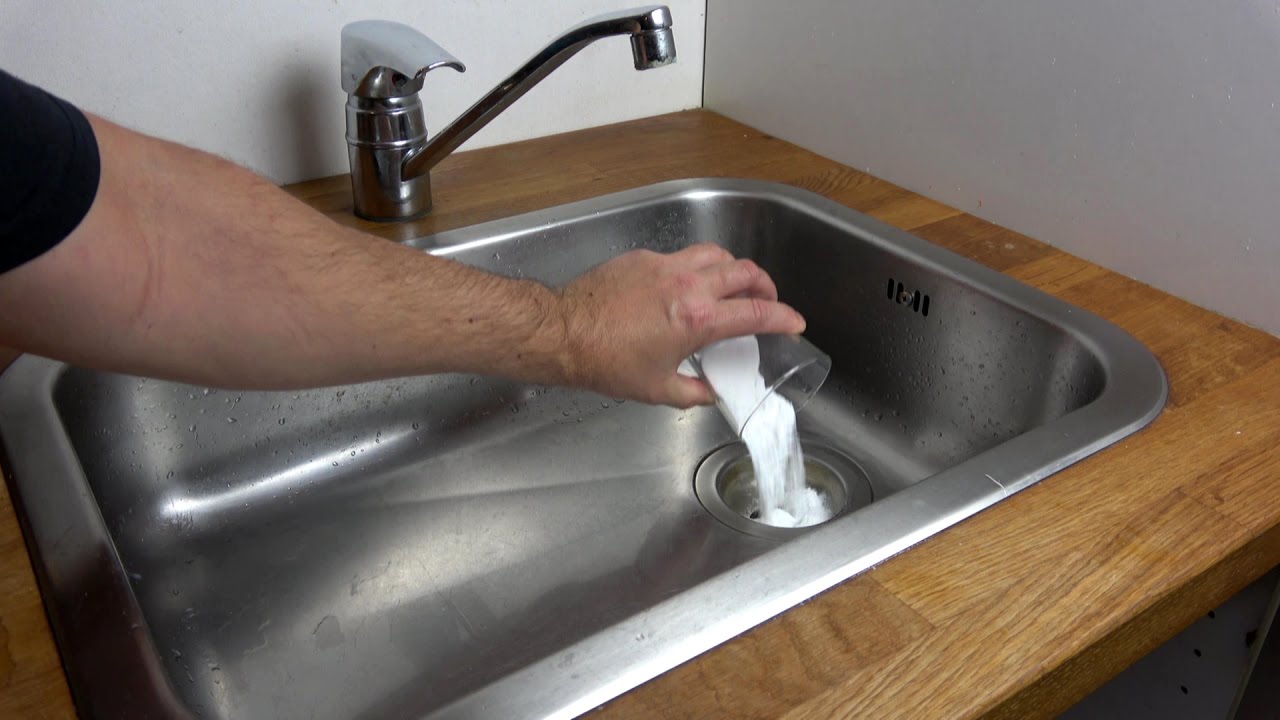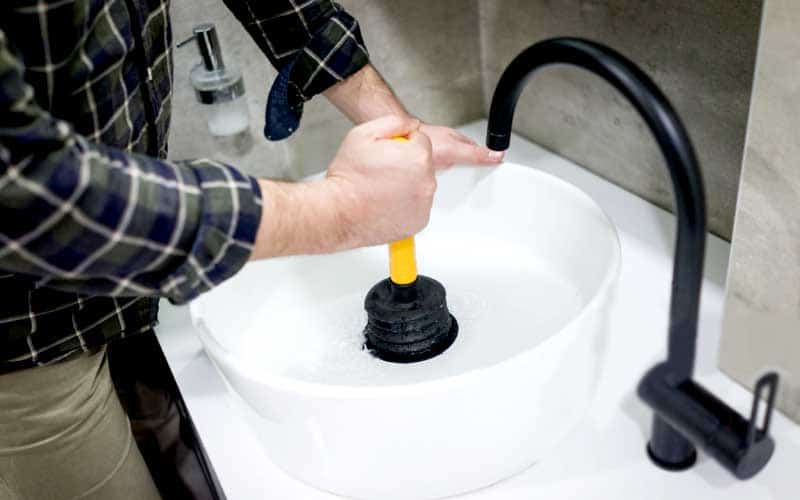Why Your Kitchen Sink Stays Stagnant - 6 Key Reasons For Poor Drainage
Why Your Kitchen Sink Stays Stagnant - 6 Key Reasons For Poor Drainage
Blog Article
This great article down below pertaining to Five Ways to Fix a Slow Sink Drain is totally insightful. Try it and draw your own personal results.

It's not normal for your kitchen area sink to block several times in one month. If your sink obstructs twice a week, there's some difficulty taking place.
A blocked kitchen area drainpipe doesn't simply slow down your tasks, it weakens your entire plumbing system, little by little. Below are some common practices that urge sink blockages, as well as just how to avoid them.
You need correct waste disposal
Recycling waste is terrific, yet do you take note of your organic waste also? Your cooking area ought to have 2 different waste boxes; one for recyclable plastics and also another for organic waste, which can become compost.
Having actually a marked trash bag will assist you as well as your family members avoid throwing pasta as well as various other food residues down the drain. Generally, these remnants absorb wetness as well as end up being obstructions.
Someone tried to wash their hair in the kitchen area sink
There's a correct time and also area for everything. The kitchen sink is just not the best location to clean your hair. Cleaning your hair in the cooking area sink will certainly make it clog sooner or later unless you use a drain catcher.
While a drain catcher may catch the majority of the results, some hairs might still survive. If you have thick hair, this might be enough to slow down your drainage and eventually form a blockage.
You're throwing coffee down the tubes
Utilized coffee grounds and coffee beans still absorb a significant amount of moisture. They may seem tiny enough to throw down the drain, but as time goes on they start to swell as well as use up more space.
Your coffee grounds should go into organic waste disposal. Whatever portion runs away (probably while you're depleting) will certainly be cared for throughout your regular monthly cleanup.
You've been consuming a great deal of greasy foods
Your kitchen area sink may still get obstructed despite having natural waste disposal. This may be because you have a diet regimen abundant in oily foods like cheeseburgers.
This grease coats the within pipelines, making them narrower as well as more clog-prone.
Your pipe wasn't dealt with appropriately in the first place
If you've been doing none of the above, yet still obtain routine clogs in your kitchen sink, you should certainly call a plumber. There may be a problem with how your pipelines were set up.
While your plumber arrives, look for any type of leaks or abnormalities around your kitchen area pipes. Don't try to repair the pipes on your own. This may cause a crash or a kitchen area flood.
There's even more dirt than your pipes can take care of
If you get fruits straight from a ranch, you may see more cooking area dust than other people that go shopping from a shopping center. You can easily repair this by cleaning up the fruits and veggies appropriately before bringing them right into your home.
Melt the sludge
The fault isn't from your cooking area sink whatsoever
Possibly the problem isn't from your cooking area sink, but the whole drainage system. In such a situation, you may discover that sinks and also drains obtain obstructed every other week. You need an expert plumbing solution to repair this.
My Kitchen Sink Won’t Drain - What Should I Do?
If Your Sink Has a Garbage Disposal...
Turn on the disposal. If the disposal hums and doesn’t turn, then there’s clog in the disposal unit. Go to your circuit breaker panel, and switch off the circuit breaker to your garbage disposal. Back in your kitchen, double-check that your garbage disposal is off by trying to turn it on. The disposal should not move, and it should not make any noise. Lie down underneath your sink so that you can see and access the bottom of the disposal unit. Look for a hole that looks like the head of a hex-head bolt in the center of the unit. Place an Allen wrench inside this hole and turn it from side to side until you feel a decrease in resistance and are able to rotate the wrench completely in a single direction. This action rotates your disposal’s blade manually. Put the wrench aside, and press the disposal unit’s reset button or switch. Flip your garbage disposal’s circuit breaker switch back on, and turn on the unit to see if the obstruction has cleared. If it hasn’t, repeat the steps above until the obstruction is removed. How to Unclog a Kitchen Sink Drain
If you have a double bowl sink, seal one side of the sink with an airtight lid or a second plunger before plunging the other side. Otherwise, you won’t be able to create adequate suction. Place the cup of the plunger completely over the drain opening. Turn on the faucet, and let the water run until it completely covers the cup of the plunger. Start plunging by pushing the plunger down and pulling up again in order to build up suction. Make sure that the edges of the plunger stay in contact with your sink, or else you’ll lose the suction. If you have trouble forming a seal between your sink and plunger, add petroleum jelly to the mouth of your plunger, and try again. Plunge about five or six times before removing the plunger to see if water starts to drain properly. In some cases, you’ll even be able to feel the clog become dislodged while you plunge because suddenly there will be much less resistance. Repeat the plunging process until the clog clears. Once water is draining properly again, run hot water down the drain for 5 minutes to help clear away grease, grime, and debris from the clog. https://www.plumbingjoint.com/blog/2019/august/my-kitchen-sink-won-t-drain-what-should-i-do-/

I recently found that entry about Why Is My Sink Not Draining? while perusing the web. You should take a moment to distribute this blog posting if you appreciated it. Thanks a lot for taking the time to read it.
Book Service Now
Report this page